On a drive to Penang, Alex encountered a flat tyre on a Kia EV6 GT-Line, and a replacement Continental PremiumContact 6 255/45R20 tyre with ContiSilent cost him RM2,412. This variant of the PremiumContact 6 tyres fitted to the Kia EV6 GT-Line is original equipment, meaning it was optimised for this car. As a comparison, a standard version of the same PremiumContact 6 in that size costs about RM1,300-1,400.
So, this begs the question – do you need EV-specific tyres? Well, the answer is not as simple as a yes or a no. Let’s start from the top with what makes a tyre “EV-specific.”
Durability
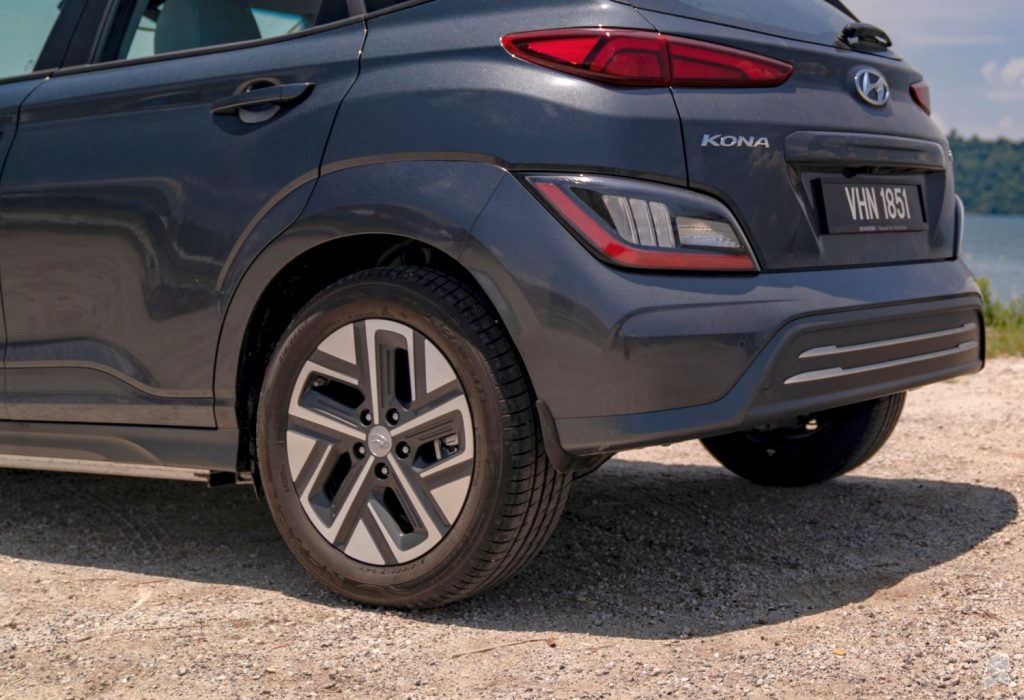
An EV is heavier than an equivalent internal combustion engine (ICE) powered vehicle as a result of the battery pack. For example, the Hyundai Kona N Line weighs 1,370kg while the Hyundai Kona Electric e-Max comes in at 1,685kg. Therefore, the tyres that are designed for an EV will have this factor in mind.
Moreover, EVs are famous for their instant and high torque output which puts additional strain on the tyres. Without the right modifications to the tyre, it is likely to wear out faster.
To sustain the extra load and torque of an EV, the tyres will typically have reinforced side walls, more robust rubber compounds, and specialised treads that help with distributing the weight uniformly.
Lower rolling resistance
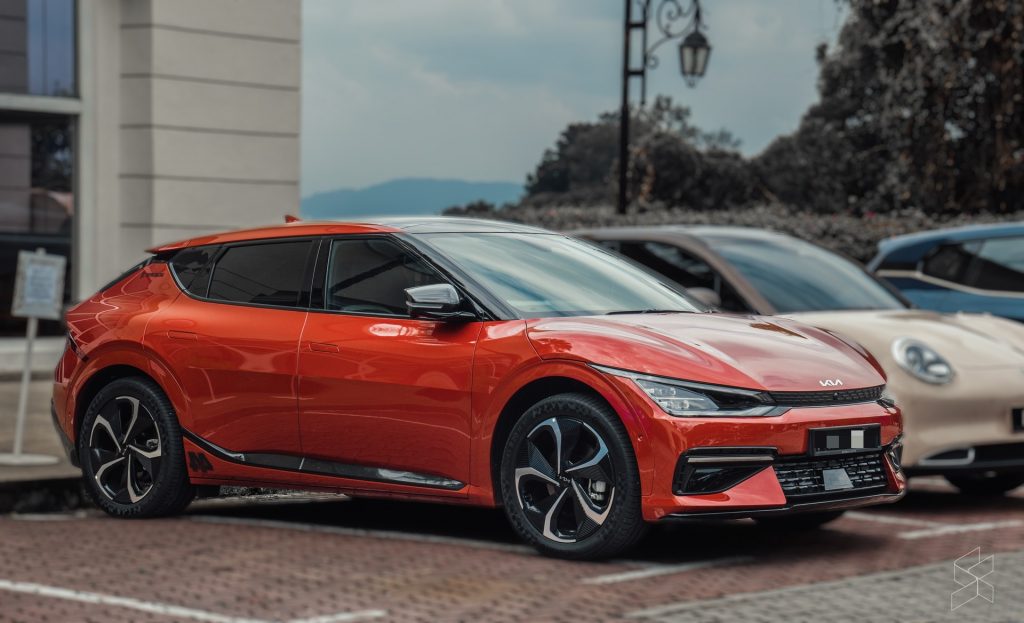
Bridgestone defines rolling resistance as the energy that your vehicle needs to send to your tyres to maintain movement at a consistent speed over a surface. In layman’s terms, it’s the effort required to keep a tyre rolling. This in turn lowers energy consumption and increases the range between charges.
There are many factors that affect the rolling resistance of a tyre like pressure, diameter, width, construction, and tread. An EV-specific will offer a lower rolling resistance compared to a standard tyre in the same class.
However, it’s worth noting that performance-oriented EVs might be equipped with EV-specific tyres that prioritise performance over efficiency, thus having a higher rolling resistance.
A quieter ride
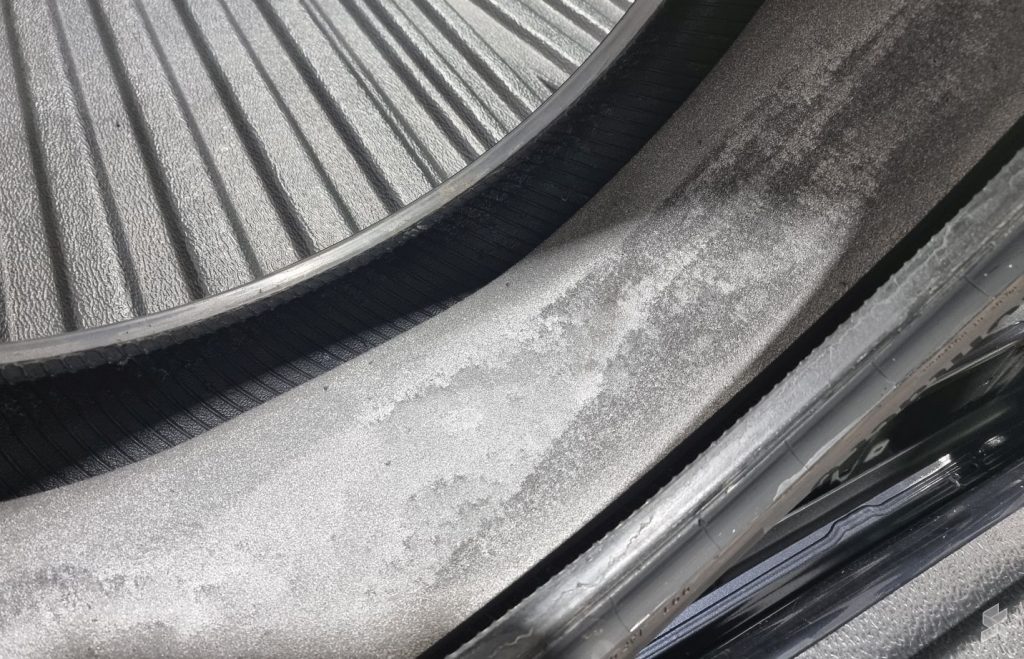
Without an internal combustion engine making all the rattling noises, an EV essentially doesn’t produce any noise, running silently on the road. This causes other noises that are typically suppressed by the engine sound to become prominent like wind and tyre roar.
Premium EV-specific tyres will come with a foam layer inside the tyre to help absorb noises caused by the road, keeping the cabin quieter. This feature is more of a comfort feature than a crucial part of the EV’s operation.
Examples are the Goodyear ElectricDrive GT tyres which feature SoundComfort technology (SCT) to reduce noise by up to 4 dB and Pirelli P Zero All Season Plus Elect with Pirelli Noise Cancelling System (PNCS) which claims to reduce in-cabin noise by up to 3 dB. Meanwhile, the Continental PremiumContact 6 tyres for the EV6 also feature ContiSilent technology which claims to cut down noise as much as 9 dB. The marketing name aside, these tyres essentially come with a sound-deadening material, commonly foam.
Aerodynamics
Just like an EV uses aerodynamics to lower drag and increase efficiency, a tyre can also be designed to do so. EV-specific tyres will have treads that more efficiently cut through the air, especially at higher speeds to minimise drag and improve the range of the EV. Reducing the drag caused by the tyres also helps to reduce road noise and keep the cabin quieter.
Examples of EV-specific tyres
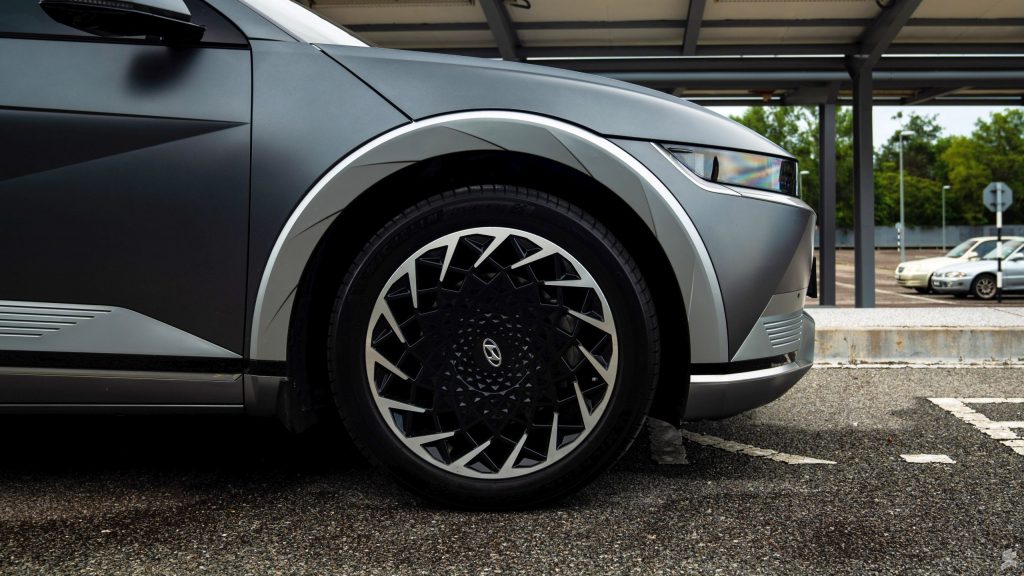
Engineering and designing a set of tyres for a whole new class of vehicles is no easy feat. It requires investing time, money, and resources into the development. As such, there aren’t many options on the market today, but the number is steadily growing as EVs start replacing ICE vehicles. Here are a couple of EV-specific tyres on the market today:
- Pirelli P Zero All Season Plus Elect
- Goodyear ElectricDrive GT
- Michelin Pilot Sport EV
- Hankook iON
Do all EVs use EV-specific tyres?
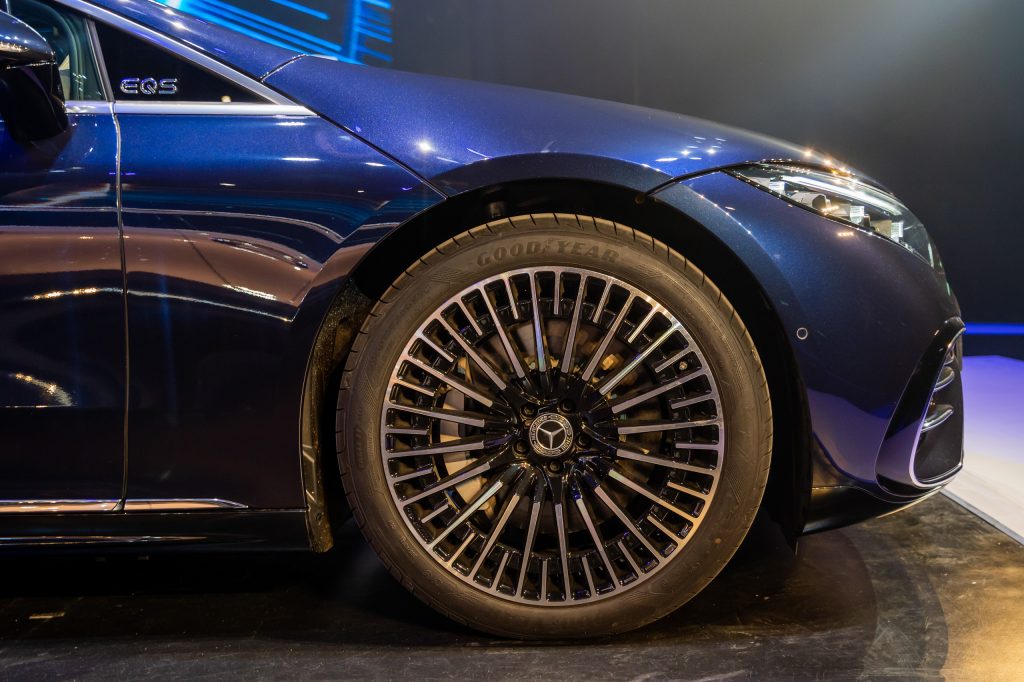
Currently, not all EVs come equipped from the factory with EV-specific tyres. The Continental PremiumContact 6 fitted to the Kia EV6 GT-Line is not an EV-specific tyre and can be fitted to any vehicle with the same rim size.
However, it is equipped with features needed by an EV like a high load rating and a foam layer called ContiSilent to suppress road noise. There are also cheaper variants of the Continental PremiumContact 6 without the foam layer.
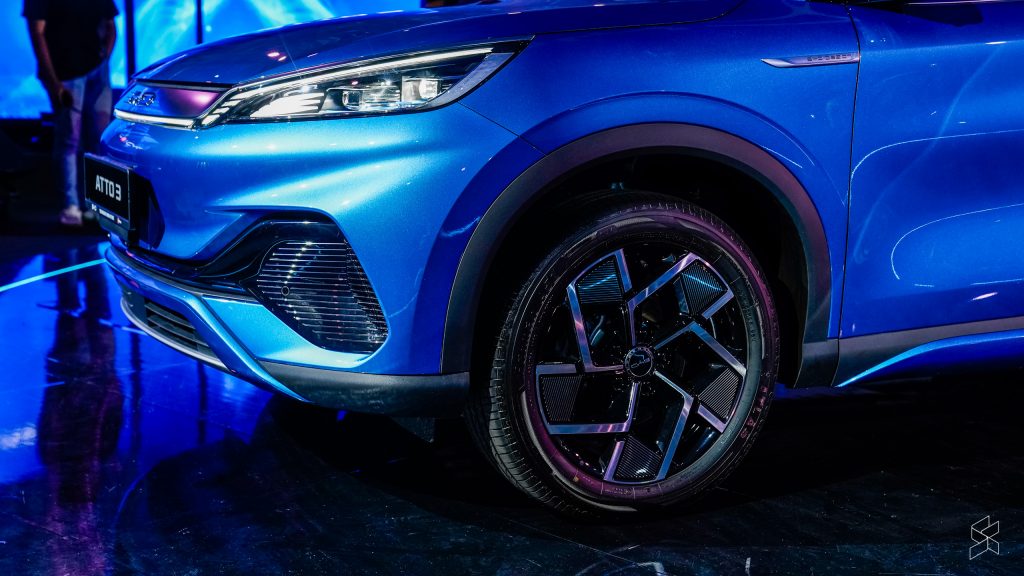
Besides the Kia EV6 GT-Line, here are some other examples of EVs that are fitted with standard tyres in Malaysia. Do note that these tyres are rated for a high load and are the original equipment of the respective vehicles.
- Kia EV6 – Continental PremiumContact 6
- BMW iX3 – Yokohama Advan Sport V107
- Mercedes EQS 450+ (CBU) – Goodyear Eagle F1 Asymmetric 5
- BMW i4 – Goodyear Eagle F1 Asymmetric 5
- Taycan 4S – Michelin Pilot Sport 4
- Hyundai Kona EV – Nexen N Fera SU1
- Nissan Leaf – Dunlop Enasave EC300
- Ora Good Cat – GitiComfort 225 v1
- BYD Atto 3 – Atlas Batman A51
On the other hand, you have EVs that come fitted with EV-specific tyres like the:
- Hyundai Ioniq 5 Max – Michelin Pilot Sport EV
- BMW iX – Pirelli P Zero Elect
- Volvo XC40 Recharge Pure Electric – Pirelli P Zero Elect
- Mercedes-Benz EQS 500 4Matic (CKD) – Pirelli P Zero Elect
One possible reason for not fitting an EV-specific tyre could be the lack of size for the vehicle’s rim size. Take the Lucid Air for example. Models fitted with the 20-inch rim come with Michelin Pilot Sport EV while those fitted with the larger 21-inch rims come with Pirelli P Zero PZ4.
Do I need an EV-specific tyre for my car?

Well, that depends on the situation. EV-specific tyres are relatively new and are low-volume production products compared to standard tyres, thus they typically cost a premium.
That said if you have purchased an EV in the luxury or performance class, or an electric heavyweight pickup truck, I would suggest that you stick to the manufacturer’s recommended tyres to get the most out of the vehicle.
But for a city or everyday EV, you can get away with standard tyres. The most important specification you need to ensure is that the tyre has extra load or high load rating as this directly affects the functionality and safety aspects of the EV. With that rating, the tyre will be able to cope with the added weight of an EV thanks to the large battery pack. For clarity, it is best to check your vehicle’s user manual for the recommended tyre specifications.
As for the capability to cope with an EV’s high torque output, you can get tyre models fitted to ICE vehicles with similar torque figures. These tyres are already designed to cope with the high torque output of a high displacement or forced induction engine.
Yes, you can make the argument that an EV can output the maximum torque from a standstill while an ICE vehicle needs to get up to speed before it can output its maximum torque. But the tyre manufacturer would have designed the tyre to handle the high torque at all speed ranges of the vehicle.
In terms of efficiency, many standard tyres already feature low rolling resistance to help ICE vehicles save fuel, albeit it might not be as low as on EV-specific tyres. That said, the tyre manufacturer might not have invested much into developing aerodynamically designed treads on a standard tyre. But if the Mercedes EQS 450+ on Goodyear Eagle F1 Asymmetric 5 can manage over 700km of range, then efficiency shouldn’t be an issue.
Lastly, many standard tyres do come with the option of sound-deadening material like the Continental PremiumContact 6 tyres fitted to the Kia EV6 GT-Line. But if you can live with the relatively louder road noise from the tyres, you can save some money by choosing the variant without sound-deadening material.
As EVs inch closer and closer to mass adoption, prices for EV-specific tyres will start to fall and soon enough, these will become the new standard tyres.








